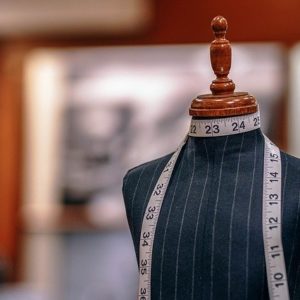In the garment manufacturing industry, quality control is a critical factor for success. Implementing a robust quality control system ensures that garments are produced to the highest standards of quality, safety, and performance, which is essential for maintaining customer satisfaction and building a strong brand reputation. In this article, we’ll discuss how garment manufacturing companies can implement the best quality control system and the benefits of doing so.
Define Your Quality Control Standards
The first step in implementing a quality control system is to define your quality control standards. This includes setting clear specifications for fabric quality, stitching quality, garment measurements, and other critical factors that affect the quality of your garments. You should also establish quality control checkpoints throughout your production process, from fabric inspection to final packaging and shipment.
Train Your Production Team
Once you’ve defined your quality control standards, it’s important to train your production team to ensure that they understand the requirements and can perform their work to the required standards. You should provide regular training sessions on quality control procedures, including fabric inspection, stitching quality, measurement techniques, and packaging and labeling requirements.
Invest in Quality Control Technology
Investing in quality control technology can also help you to implement the best quality control system for your garment manufacturing company. For example, you can use automated fabric inspection systems to detect defects in fabric samples, or invest in computerized stitching machines that produce consistent, high-quality stitching. You can also use software systems to track production processes, monitor quality control checkpoints, and generate reports on production quality metrics.
Perform Regular Audits and Inspections
Regular audits and inspections are an essential component of any quality control system. You should perform regular inspections of your production processes and audit your quality control procedures to identify areas for improvement. You can also hire third-party inspection and audit services to provide an unbiased evaluation of your quality control system and ensure that your garments meet the highest standards.
Benefits of Implementing the Best Quality Control System
Implementing the best quality control system for your garment manufacturing company has several benefits, including:
- Improved customer satisfaction: By producing high-quality garments that meet customer expectations, you can improve customer satisfaction and build a loyal customer base.
- Increased company reputation: A strong quality control system can help you build a reputation for quality and reliability in the highly competitive garment manufacturing industry.
- Reduced costs: Implementing a quality control system can help you identify and address quality issues early in the production process, reducing the costs associated with rework, returns, and customer complaints.
- Compliance with regulatory standards: A robust quality control system can help you ensure compliance with regulatory standards and avoid costly fines and legal issues.
In conclusion, implementing the best quality control system for your garment manufacturing company is essential for ensuring that your products meet the highest standards of quality, safety, and performance. By defining your quality control standards, training your production team, investing in quality control technology, and performing regular audits and inspections, you can build a reputation for quality and reliability in the garment manufacturing industry while improving customer satisfaction and reducing costs.







